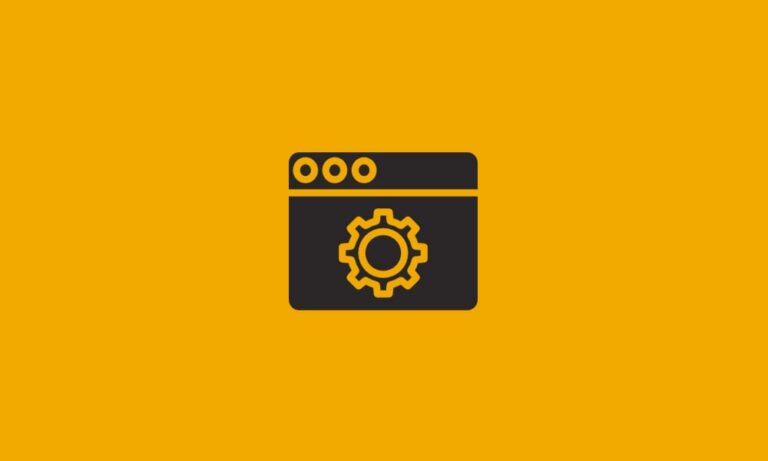Earlier this month was Safer Internet Day, which is a day dedicated to creating awareness around safe internet usage mainly geared towards children and teens. I realized this topic didn’t exist when I was growing up. Think about it for a second. I am in my mid-late twenties and I have had more years with dial-up internet or no Internet at all, than I have with anything close to the high speeds we have today. I’ve grown up with the Internet quite literally. When I was a kid, teachers and parents were just trying to grasp the concept of the Internet and how it was used, let alone talk about how to safely address it. For this reason, I’ve taken it upon myself to catch all of us up on some quick Internet Safety Tips.
Passwords
Creating complex passwords and changing your passwords regularly can go a long way. That means moving past the passwords like ‘Password123’ and ‘Jacob19’, onto more creative phrases and symbols. It is also beneficial to use different passwords for your different accounts and websites, rather than using the same one across the board. For this reason, I would recommend using tools like LastPass, KeePass or 1Password to help keep track of all of your different passwords. These tools can also be set up to remind you to reset your password every couple of months.
Public Network Security
Free public Wi-Fi has essentially become a basic utility, making the internet easily accessible virtually anywhere. This is also making users increasingly vulnerable. The challenge with public Wi-Fi is that it’s often unsecured, making it easy for hackers to access your device. If you want to utilize public Wi-Fi in a secure manner, you can purchase a Virtual Private Network (VPN). A VPN is a software that will provide you with a secure connection to the Internet.
At Home Network Security
Taking a comprehensive look at your home network will allow you to have peace of mind when you are connecting to the Internet at home on your various devices. Changing administrative passwords and implementing a few precautions can make your connection much safer. For a checklist on securing your home network check out our Securing Your Home Network blog.
Safe Browsing
Many times, Internet browsers themselves provide Safe Browsing functions (see Google). However, you can go an extra step and retrain yourself on not giving away personal information, avoiding questionable websites, only downloading software from sites you trust, and increasing your browsers security settings.
- Click Smart – don’t click on sketchy links or ads
- Share Selectively – don’t just share your personal information with anyone
- Shop Safe – when shopping online always make sure to look for https
HTTPS
Keep an eye on the addresses of the sites you are visiting. In the address bar for your website, you will see either HTTP or HTTPS (more about the difference) which represents how data is transferred between a web server and a web browser. With an HTTPS site, the data is encrypted, which keeps your information safe. This is extremely important for any online shopping or banking, and any site taking your personal information. You need to make sure that it has encryption.
Stay Up to Date
Staying up to date on the latest operating systems (OS) and software/application versions will ensure that you have the most up-to-date security measures in place. We recommend turning on auto-update when applicable.
If you have more questions about making your home a safe place please feel free to reach out to us on social media or at [email protected]
Other Resources:
- Safer Internet Day – http://saferinternetday.us/
- Google’s Commitment to a Safer Internet – https://privacy.google.com/safer-internet.html
- Department of Defense (NSA) Recommendations http://dodcio.defense.gov/Portals/0/Documents/Cyber/Slicksheet_BestPracticesForKeepingYourHomeNetworkSecure_Web_update.pdf




